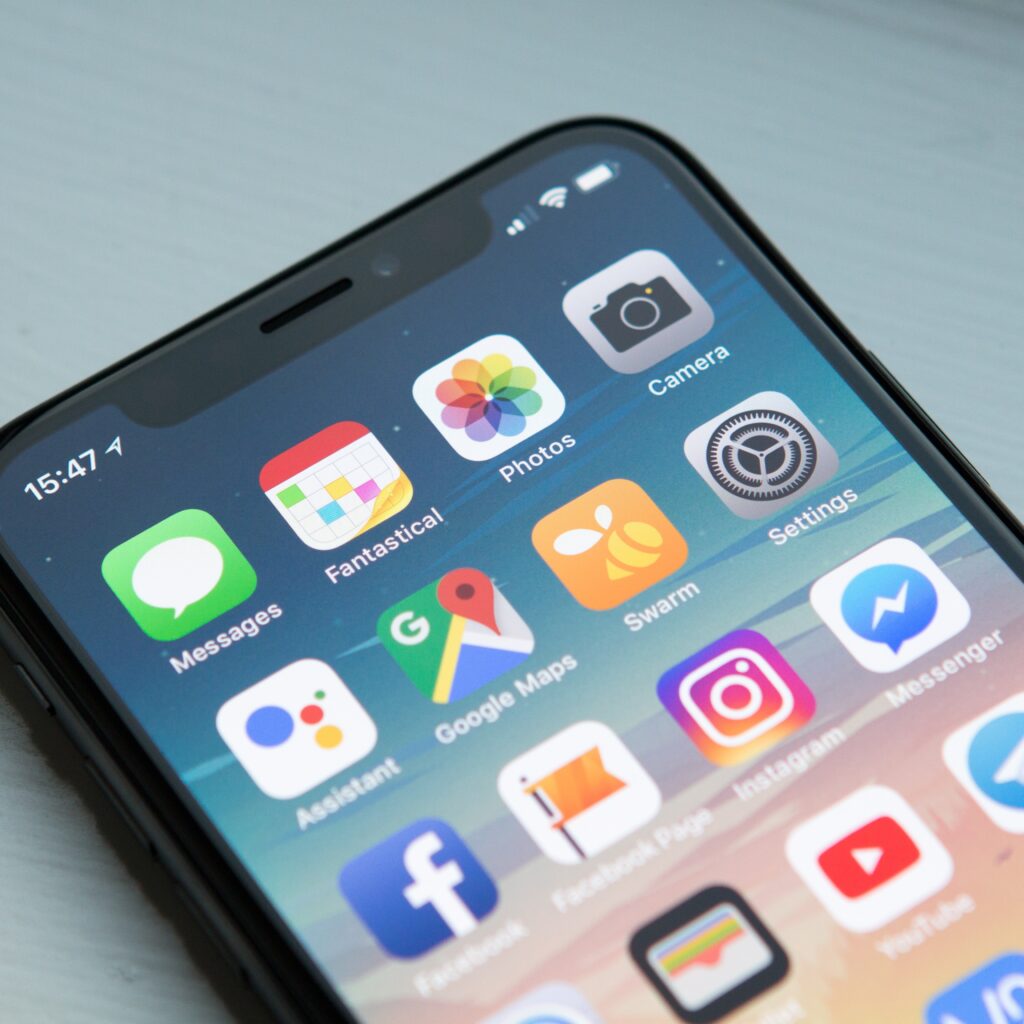In the ever-evolving landscape of digital technology, inclusivity remains a cornerstone of progress. The Web Content Accessibility Guidelines (WCAG) have been instrumental in ensuring that websites are accessible to all, regardless of their abilities or disabilities. With the introduction of WCAG 2.2, a new era of web accessibility has dawned. In this article, we will explore the key innovations and enhancements that WCAG 2.2 brings to the table.
An Evolution of Accessibility
WCAG has undergone several iterations, each aimed at refining and expanding web accessibility standards. Building upon the foundation of WCAG 2.1, WCAG 2.2 represents a significant stride forward. It addresses emerging technologies, user needs, and the ever-changing landscape of digital interaction.

Key Innovations in WCAG 2.2
Mobile Accessibility Takes Center Stage
With the proliferation of smartphones and tablets, mobile accessibility has become paramount. WCAG 2.2 places a distinct focus on ensuring that web content is equally accessible on mobile devices. It introduces new success criteria tailored to the unique challenges and opportunities presented by mobile platforms. This adaptation ensures that users on-the-go can seamlessly navigate and interact with web content.
Cognitive Accessibility: A New Frontier
Cognitive disabilities encompass a wide spectrum of conditions, including learning disorders, attention deficits, and intellectual impairments. WCAG 2.2 introduces critical success criteria dedicated to enhancing cognitive accessibility. These criteria emphasize clarity in instructions, simplified navigation, and predictable functionality. By incorporating these principles, websites become more user-friendly for individuals with cognitive disabilities.
Low Vision: Sharpening the Focus
For individuals with low vision, accessing web content can be particularly challenging. WCAG 2.2 extends its coverage to address the unique needs of this user group. The guidelines provide recommendations for ensuring that content is not only visible but also perceivable, operable, and understandable for those with limited vision. Considerations such as text size, color contrast, and adaptable layouts play a pivotal role in this endeavor.
Motor Impairments: Aiding Seamless Navigation
Users with motor disabilities often rely on assistive technologies like switches or voice commands for navigation. WCAG 2.2 introduces new success criteria specifically tailored to address the challenges faced by this user group. By ensuring that web content is operable via various input methods, websites become more accessible to individuals with motor impairments.
The Benefits of Embracing WCAG 2.2
Legal Compliance and Risk Mitigation
In an era of increasing legal scrutiny, adherence to WCAG 2.2 is not only a testament to inclusivity but also a crucial step in compliance with legal requirements. Many countries have established regulations mandating web accessibility, and failure to comply can lead to legal ramifications. By implementing WCAG 2.2, organizations safeguard themselves against potential legal liabilities.
Expanded Audience Engagement
By prioritizing accessibility, organizations tap into an underserved demographic. Embracing WCAG 2.2 extends the reach of a website to a wider audience. This inclusivity not only leads to increased user engagement but also enhances the reputation of the website as a platform that values diversity and equal access.
Elevated User Experience for All
The principles outlined in WCAG 2.2 do not only benefit individuals with disabilities; they enhance the overall user experience. Clear navigation, intuitive design, and consistent functionality benefit all users, regardless of their abilities. By prioritizing accessibility, websites become more user-friendly and enjoyable for everyone.
In Conclusion
WCAG 2.2 stands as a testament to the ongoing commitment to inclusivity in the digital realm. By encompassing a broader range of disabilities and addressing emerging technological landscapes, it sets a new standard for web accessibility. Implementing these guidelines not only ensures legal compliance but also opens up new avenues for organizations to connect with a diverse audience.
Embracing WCAG 2.2 is a powerful declaration of the values of inclusivity and equal access in the digital age. It marks a significant step forward in creating a web that truly belongs to everyone, regardless of their abilities or disabilities. In adopting WCAG 2.2, we embark on a journey towards a more inclusive, accessible, and user-friendly online environment for all.
We Offer Web & Mobile Accessibility Testing
We at ‘Accessible Zone‘ provide web, mobile and software accessibility testing services. We perform testing manually using screen reader such as JAWS, NVDA & Voiceovers. We also provide VPAT and ACR reports. If you want to use our services do contact us as at contact@accessiblezone.com or you can also schedule a free call with us from here.

https://t.me/s/pt1win/439
Актуальные рейтинги лицензионных онлайн-казино по выплатам, бонусам, минимальным депозитам и крипте — без воды и купленной мишуры. Только площадки, которые проходят живой отбор по деньгам, условиям и опыту игроков.
Следить за обновлениями можно здесь: https://t.me/s/reitingcasino
https://t.me/iGaming_live/4634
https://t.me/s/iGaming_live/4558
https://t.me/s/reyting_topcazino/16
https://t.me/of_1xbet/393
https://t.me/s/ef_beef
https://t.me/s/iGaming_live/4866